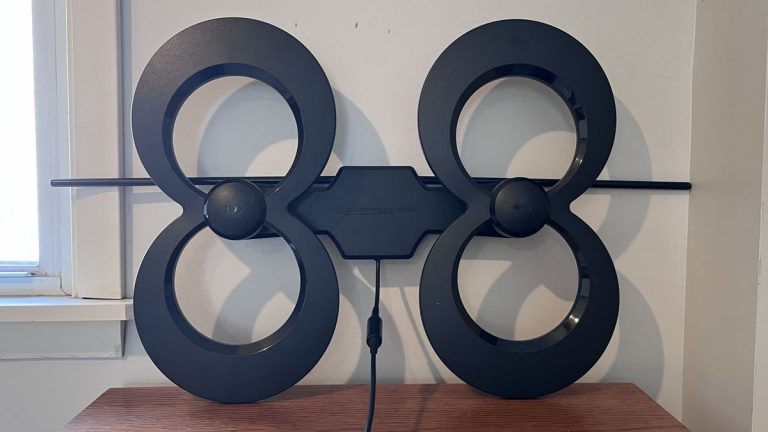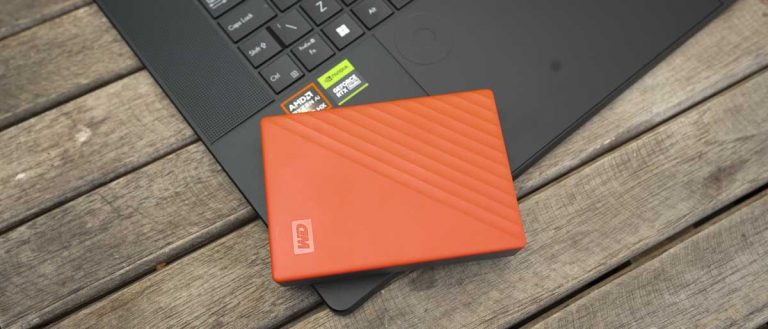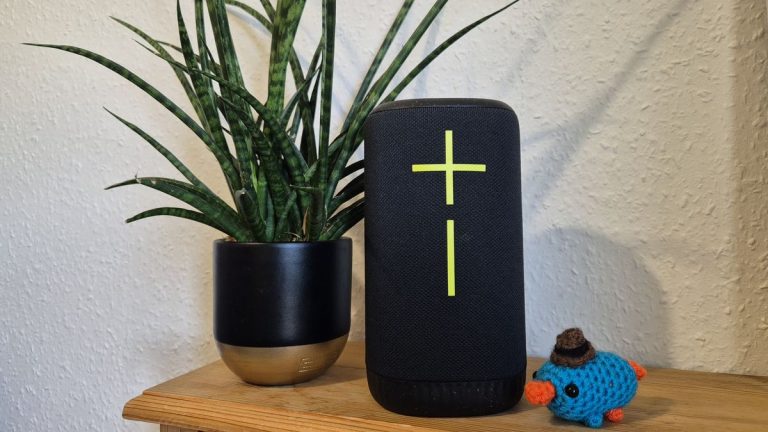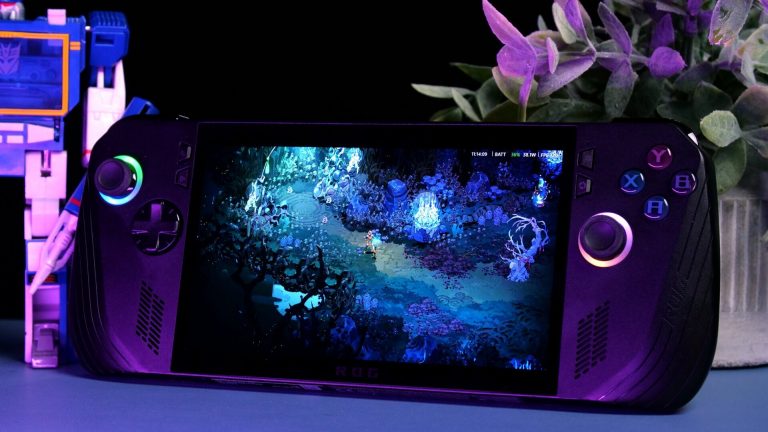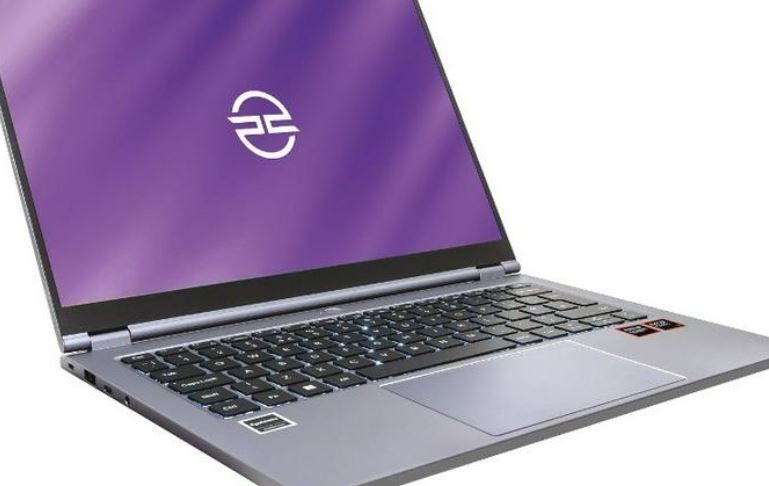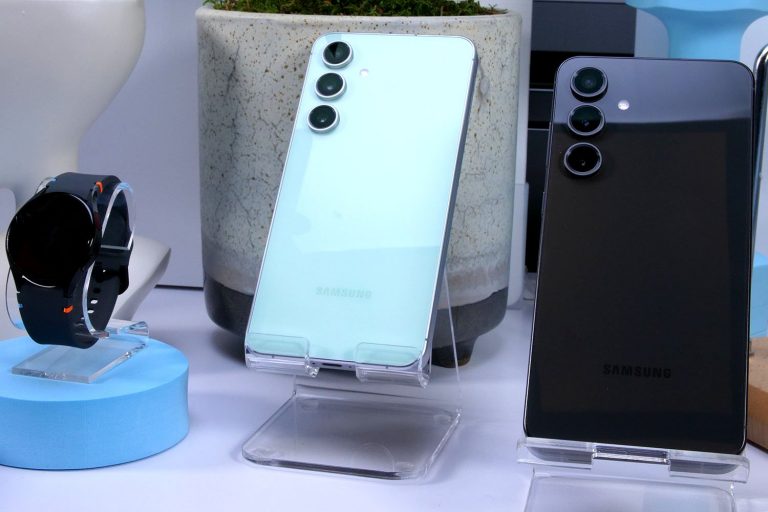Framework Laptop 16, six months later

In January, I spent two weeks with the most modular notebook ever made: the Framework Laptop 16. It’s a gadget nerd’s dream: you can swap out its keyboard, touchpad, ports — even its entire discrete GPU. You can transform it from a sleek work laptop to a decent gaming machine in two minutes flat, one which charges with the world’s first 180W USB-C power adapter.
But at the time, I gave the Framework Laptop 16 a 5 out of 10. The product gave me multiple Blue Screens of Death, glitched, felt flimsy in places, and ran hotter and louder than its performance would suggest.
Six months later, with a new unit and new firmware, I’m feeling a bit better! Not good enough to give it my full recommendation, but enough to raise its score to 6 out of 10, which we define as: “Good. There are issues but also redeeming qualities.” But while the laptop’s more stable, most of my other annoyances are still kicking.
I’ve now spent an additional month with the Laptop 16 and swapping its various parts, just as the company has finally fulfilled its preorders and put the laptop on general sale. I’m happy to say I’ve only seen the computer fail once during that entire month — an “It looks like Windows didn’t load correctly” error I haven’t been able to reproduce. Other than an incredibly annoying habit of failing to sleep when its discrete GPU is awake, it’s been a faithful companion for work and play — including a Verge liveblog, editing videos for our social media channels, and writing stories, including this one.
We even figured out my mystery issue where the excellent 2560 x 1600 screen would suddenly seem to wash out — that’s due to AMD’s Vari-Bright setting, which attempts to save battery when the integrated GPU is in command. I turned that off, and it’s been bright and colorful ever since. (Jedi: Survivor looks great.)
But that heat and noise! With my original review unit, I saw the AMD Ryzen 7940HS warm up past 90 degrees Celsius. Despite this replacement coming with a slightly weaker 7840HS, I’ve measured 100.8°C at peak while playing a game — and as high as 92.5°C one day when I was just writing a story in a web browser. The keyboard and touchpad don’t get nearly that hot, but I often have sweaty fingers working from this machine. The Laptop 16 runs quieter when you unplug it or set Windows to a power saver mode, or with the discrete GPU removed. But the full dGPU package doesn’t seem to have a sufficient cooling solution for everyday use.
The fan noise still overwhelms the laptop’s below-average speakers, too, enough that my wife once again wandered over to see what I was doing. “Oh, that’s your laptop. For a split second, I thought you were running the vacuum in the living room,” she told me. Just browsing a few websites with the laptop plugged in was enough to cross 70°C and spin up the fan to a noisy, audible degree.
And while some glitches have been fixed, like the one where the larger SSD could disappear when you resume from sleep, there are still gremlins to find. Twice, the touchpad suddenly stopped scrolling and stopped accepting button presses until I physically removed it from the system and reseated it. I’ve repeatedly gotten a Windows message about how my “USB device might have limited functionality when connected to this port” even if I’m just plugging in the charger.
After a month, I’ve decided I could live with the lid flex and the uneven surfaces created by Framework’s modular spacers and touchpad. They’re all slightly straighter in my new unit, and they’re a small price to pay for the unprecedented modularity and repairability you get here. But I also want you to know the flex and gaps aren’t entirely fixed and make for occasional rough edges on fingers and wrists.
But I don’t know if I’d live with the heat and noise here, or the weird issue this laptop has when the discrete GPU is active and I’m trying to put it to sleep. (“If there is a program keeping the dGPU active, the system won’t suspend,” spokesperson Eric Schumacher confirmed via email.) I came back one morning to find the battery fully drained because the laptop woke up after I closed the lid, and I’ve seen similar behavior many times when I’ve left it plugged in. I shouldn’t have to close apps and check the GPU in Task Manager just to put it to sleep reliably.
This is a groundbreaking machine. No company has ever built a laptop so ambitious before, as I explain at the top of my original review, and I want this idea to exist! I personally want to buy a laptop that excels at work and play, one I can upgrade and repair year after year like the company’s 13-inch machine. I can feel that potential here. But I’m reviewing a laptop, not a crowdfunding campaign for a generation of laptops, and I’d personally wait for a future revision of the Framework Laptop 16.
Yes, I know there’s no guarantee Framework will go ahead with upgrades if the laptop doesn’t sell well. The company’s never quite committed to letting you swap out its Radeon RX 7700S for a more powerful GPU in the future. But in April, CEO Nirav Patel did tell me the 16-inch model has a healthy future roadmap. I’m going to take him at his word.
Photography by Sean Hollister / The Verge
#Framework #Laptop #months

